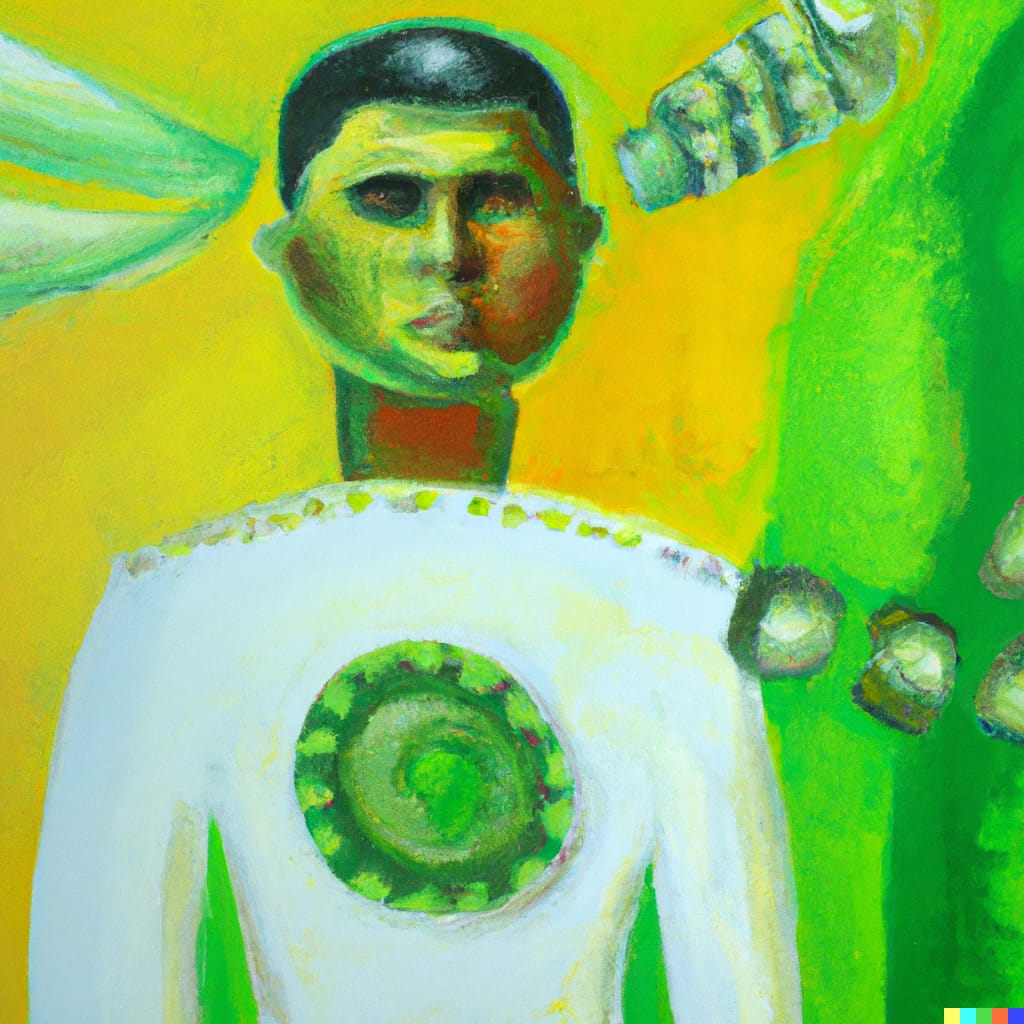Introduction: A Journey Through Technology and Imagination
Creativity is a force that has shaped human civilization from the dawn of time. It’s the spark that ignited the fire of innovation and the driving force behind our relentless pursuit of the unknown. Creativity will continue to naturally fuse with the advancement of technology and societal changes. As such, it is fair to say that the future of creativity will evolve, opening new horizons and reshaping various industries.
Let’s explore this fascinating journey.
The Digital Renaissance: A New Age of Artistic Expression
The digital age has brought a renaissance in artistic expression. Gone are the days when artists were confined to physical mediums. Today, digital tools like tablets, 3D printers, and virtual reality are revolutionizing the way artists create.
For example, digital painting allows artists to experiment with endless textures and colors without the need for physical materials. 3D printing has enabled sculptors to create intricate designs that would be impossible to carve by hand. Even in music, digital platforms have democratized the industry, allowing independent artists to share their creations with the world.
And let’s not forget the humorous side of digital art – ever seen a cat painted as a famous historical figure? That’s creativity in the digital age for you!
Creativity in the Corporate World: More Than Just a Buzzword
In the corporate world, creativity is not just an abstract concept; it’s a tangible asset that drives innovation. During my time at Apple, I witnessed how creative thinking led to the development of groundbreaking products.
Take the iPhone, for example. It wasn’t just a new gadget; it was a revolutionary idea that changed the way we communicate. The sleek design, intuitive interface, and seamless integration of technology were all products of creative thinking.
Or consider the humorous commercials that tech companies often use to promote their products. How can anyone who lived through it forget the famous Mac vs. PC ads? Creativity in marketing can turn a product launch into a cultural phenomenon.
The Future of Creativity in Technology: AI and Beyond
Artificial Intelligence (AI) and machine learning are not just buzzwords; they are shaping the future of creativity. AI-powered design software can assist designers in creating more efficient and aesthetically pleasing products.
For instance, AI algorithms can analyze user behavior and preferences to create personalized user experiences. In the automotive industry, AI-driven design has led to the development of smarter, more energy-efficient vehicles.
And if you think AI lacks a sense of humor, think again! Some AI algorithms have been trained to write jokes, although they might still need a bit of fine-tuning to match human wit.
The future of Creativity in Education: Teaching for the Future
The education sector is also witnessing a creative revolution. Traditional classroom teaching is giving way to interactive, technology-driven learning experiences.
Virtual reality can transport students to ancient civilizations, allowing them to explore history in an immersive way. Gamified learning platforms make education fun and engaging, turning complex subjects into enjoyable challenges.
Even the way teachers communicate with students has evolved. Remember the old chalk-and-talk method? Now, educators use multimedia presentations, interactive quizzes, and even humorous videos to make learning a delightful experience.
The Future of Creativity in Entertainment: A Whole New World
The entertainment industry is no stranger to creativity, but technology has taken it to a whole new level. Virtual reality concerts, augmented reality games, and interactive movies are redefining entertainment.
Imagine attending a virtual concert of your favorite band, feeling the energy of the crowd, and even interacting with the musicians – all from the comfort of your home. Or consider the rise of humorous internet memes that have become a cultural language of their own.
The future of Creativity in Healthcare: Healing Through Innovation
Even in healthcare, creativity is making waves. From 3D-printed prosthetics to AI-powered diagnostics, the fusion of creativity and technology is revolutionizing patient care.
Telemedicine, for example, has enabled doctors to reach patients in remote areas, providing quality healthcare without geographical barriers. Innovative medical devices, such as wearable health monitors, empower patients to take control of their health.
And yes, even in healthcare, humor has its place. Laughter therapy, anyone? It’s a creative approach to healing that’s backed by science.
The Challenge of Idea Generation: Technology vs. Human Brain
As technology continues to advance, it’s tempting to think that it will become the ultimate solution to all our creative challenges. However, one caveat is that unless technology is embedded in our brains, it’s not ubiquitous. The human mind’s complexity, intuition, and ability to connect disparate ideas remain unparalleled.
Thinking up ideas is not a linear process. It involves connecting dots, understanding contexts, and often, a bit of serendipity. While technology can assist in organizing and analyzing data, the spark of a new idea often comes from a human insight that’s challenging to replicate with algorithms.
Thought-provoking Questions:
How Will Tactile Methodology Evolve with Technology?
- Can tactile experiences be fully replicated in virtual reality?
- How might tactile methodology influence the design of future technological devices?
The Role of AI in Shaping Creative Processes:
- How far can AI go in understanding and replicating human creativity?
- What ethical considerations arise when using AI in creative fields?
Virtual Reality in Education: A New Frontier?
- How can virtual reality transform traditional education systems?
- What challenges must be overcome to make virtual reality a standard tool in classrooms?
Digital Renaissance: The Future of Artistic Expression:
- How are digital tools changing the way artists approach their craft?
- What new forms of art might emerge from the fusion of technology and creativity?
Innovation in Healthcare Through Creativity:
- How can creative thinking revolutionize patient care and medical treatments?
- What role does creativity play in mental health and well-being?
The iPhone and Tactile Experiences: A Case Study:
- How did the tactile experience contribute to the iPhone’s success?
- What lessons can be learned from the integration of tactile experiences in technology?
Creativity in the Corporate World: Beyond Marketing:
- How can creativity be fostered within corporate cultures?
- What impact does creativity have on product development and innovation strategies?
The Human Element in Creativity: Unreplaceable?
- Can technology ever fully replace human intuition and creativity?
- How can we ensure that the human element remains central in a technology-driven creative landscape?
The Future of Creativity: A Multifaceted Exploration:
- How will different industries adapt to the evolving landscape of creativity?
- What new creative professions might emerge in the future?


7 thoughts on “What is The Future of Creativity?”